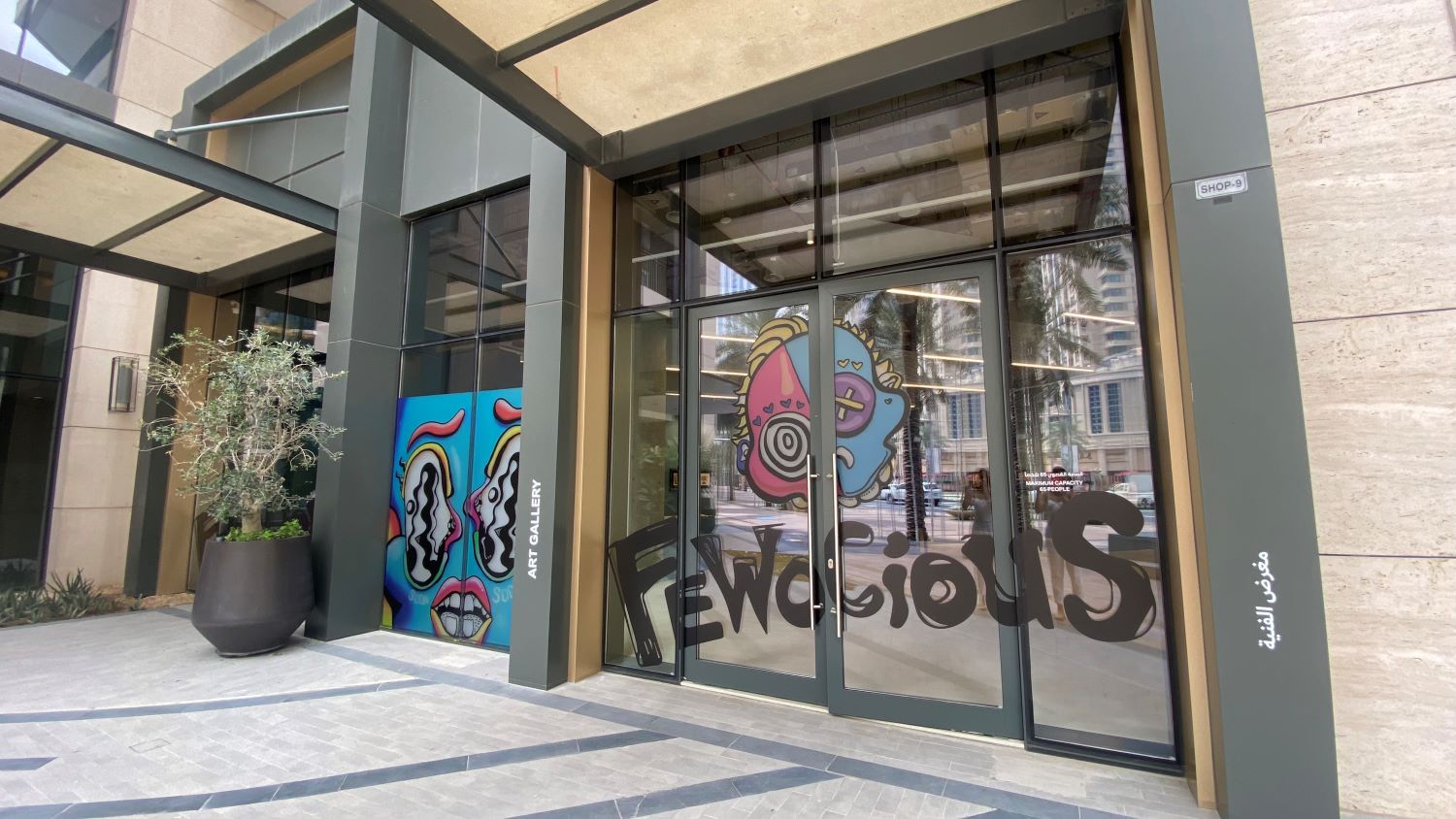One of the biggest challenges facing metaverse art is determining who owns the digital assets created in virtual spaces. Traditional copyright law applies to digital artworks, but it can be difficult to enforce in virtual spaces. For example, if an artist creates a sculpture in a metaverse, who owns the copyright to that sculpture? Is it the artist who created it, the owner of the virtual space where it is located, or the user who interacts with it?
Another legal issue facing metaverse art is the potential for infringement. In virtual spaces, it can be easy to replicate digital assets without permission. This means that artists could potentially have their work copied and distributed without their consent, which could lead to lost revenue and reputational damage.
To navigate these legal challenges, it is important for artists and creators to understand their intellectual property rights in virtual spaces. This may require working with lawyers who specialize in intellectual property law and who have experience with virtual reality and augmented reality technologies.
Additionally, artists and creators can take steps to protect their digital assets in virtual spaces. For example, they can use digital watermarks or other technologies to make it more difficult for their work to be replicated without permission. They can also use licensing agreements to establish ownership and control over their digital assets.
Another potential solution is the development of blockchain technology, which allows for secure, decentralized digital asset ownership and management. Blockchain-based platforms, such as NFT marketplaces, are already being used to buy and sell digital artworks and other assets.
In conclusion, navigating the legal landscape of metaverse art requires an understanding of intellectual property and ownership rights in virtual spaces. While there are challenges and limitations to protecting digital assets in metaverse art, there are also potential solutions that can help artists and creators protect their work and ensure that they are fairly compensated for their contributions to this emerging art form.


